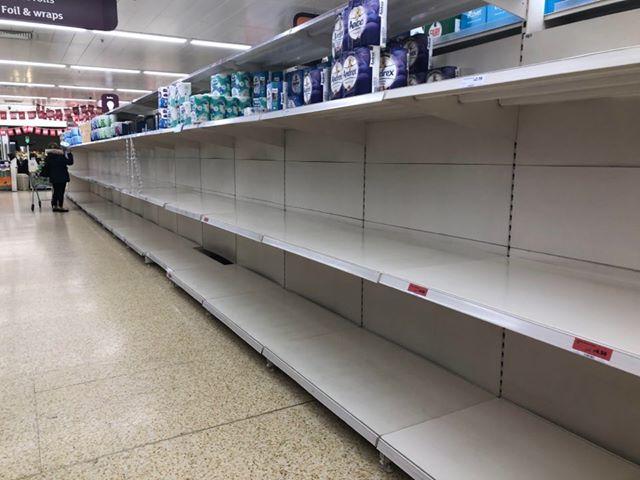Wise are those who know they can’t see into the future.
With the Pound at 35-year lows against the Dollar, the price of commodities will rise sharply in Sterling terms. When the local currency shrinks (effectively what a currency weakening is), you get more Pounds per Dollar or Euros. Thus, you also get more Pounds per good traded in Dollars or Euros – i.e. price rises. The prices of commodities move continuously throughout the day. Other farm inputs such as labour, machinery and rent for examples, are repriced annually or even less frequently, This means the rise in prices is slower and staged. This leads to a short term gain in agriculture.
It can be seen that a weak currency is inflationary to an economy. Likewise, when a central bank such as the Bank of England lower base rates, it releases more liquidity into the market (as less is spent financing debt), encouraging people to spend more on goods. Thus, this is also inflationary. The Bank of England has also announced £200 billion of Quantitative Easing (QE). This is £75bn more than was expected. QE is when the bank releases liquidity into the capital markets by purchasing (usually) bonds. Again, this liquidity provides support for the capital (largely stock) markets. One side effect of this is inflation. All this, coupled with the recent surge in sales of so many living costs, could fuel inflation.
Deflationary factors will be the reduction of spending of other goods such as air flights, fuel, new cars and so on, and the potentially large rise in under-utilisation of the UK workforce. It is not clear how the furlough policy might offset this factor.
As we are in a period of uncharted territory, it is difficult to know if the Government and Bank of England have done enough or too much. Inflation might be considerable if it is not managed properly.
